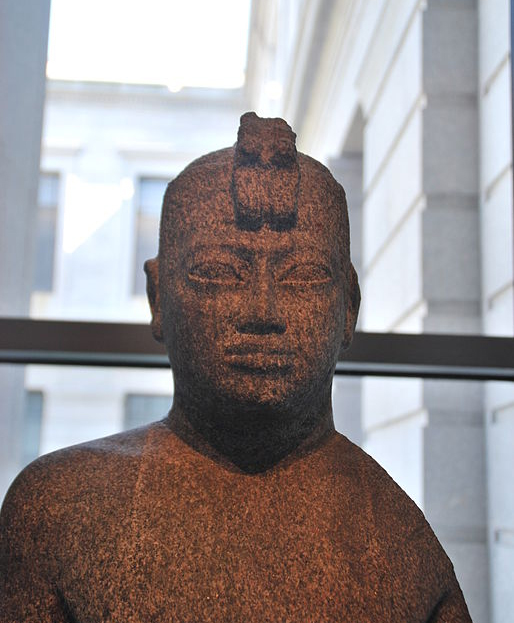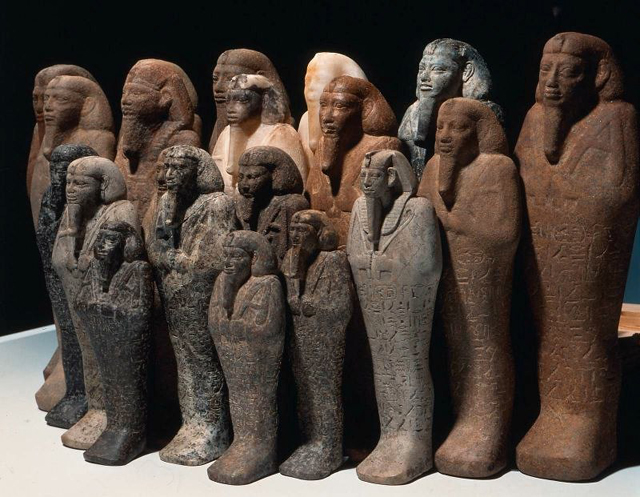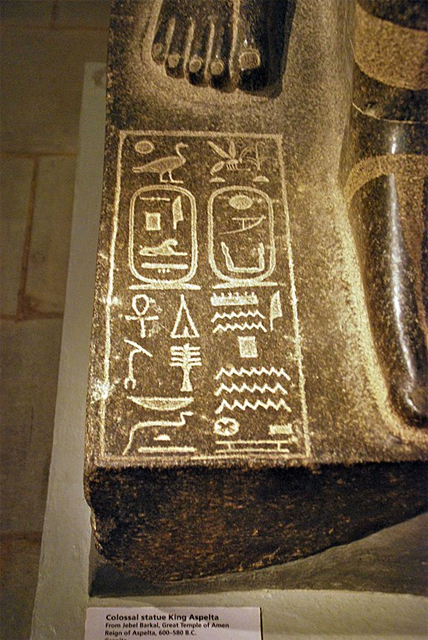The Nubians in ancient times created wonderful art works—statuary, jewelry, gold—as fine as anything produced by their rivals to the north, the Egyptians. However, they did not do as much writing so not as much is known about them.

A brief article in the New York Times described the huge collection of Nubian artifacts at the Museum of Fine Arts in Boston. It mentioned a major exhibition at the MFA, “Ancient Nubia Now,” that seeks to promote the overwhelming, creative works of the Nubians.
A notice on the MFA website provides more information about the Nubian collections in the museum and the special exhibition. The exhibit confronts misinterpretations that have disturbed our understandings of the Nubian kingdoms that flourished in the Nile valley of southern Egypt and northern Sudan for 3,000 years.
Known in ancient times as Kush, the successive Nubian kingdoms were ruled from capitals in Kerma (2400 – 1550 BCE), Napata (750 – 332 BCE), and Meroe (332 BCE – 364 CE). These kingdoms had vast trading networks and left behind the remains of their cities, pyramids, palaces, and temples as well as their wonderful works of art.

But they neglected to leave much of a written record of their accomplishments, abandoning the telling of their story to their rivals to the north, the Egyptians, who didn’t mind characterizing them as the African barbarians who threatened them from the south.
The MFA has played an important role in clarifying the real history of the Nubians. The museum participated in excavations at Nubian sites in Sudan from 1913 to 1932, while both Egypt and Sudan were under the control of the British Empire. As a result of their work, the museum acquired the most significant, and the largest, collection of Sudanese artifacts in the world outside the Nile Valley.

The current exhibition, “Ancient Nubia Now,” does more than showcase the unparalleled collections of the museum. It includes a formidable array of teaching tools along with the displays. Video interviews with prominent authorities such as a biological anthropologist, an Egyptologist, a photographer, a young Sudanese American, and a professor are located throughout the exhibit to relate the objects on display with issues such as cultural appropriation, power, and self-representation.
The exhibit will be open to the public until January 20, 2020.